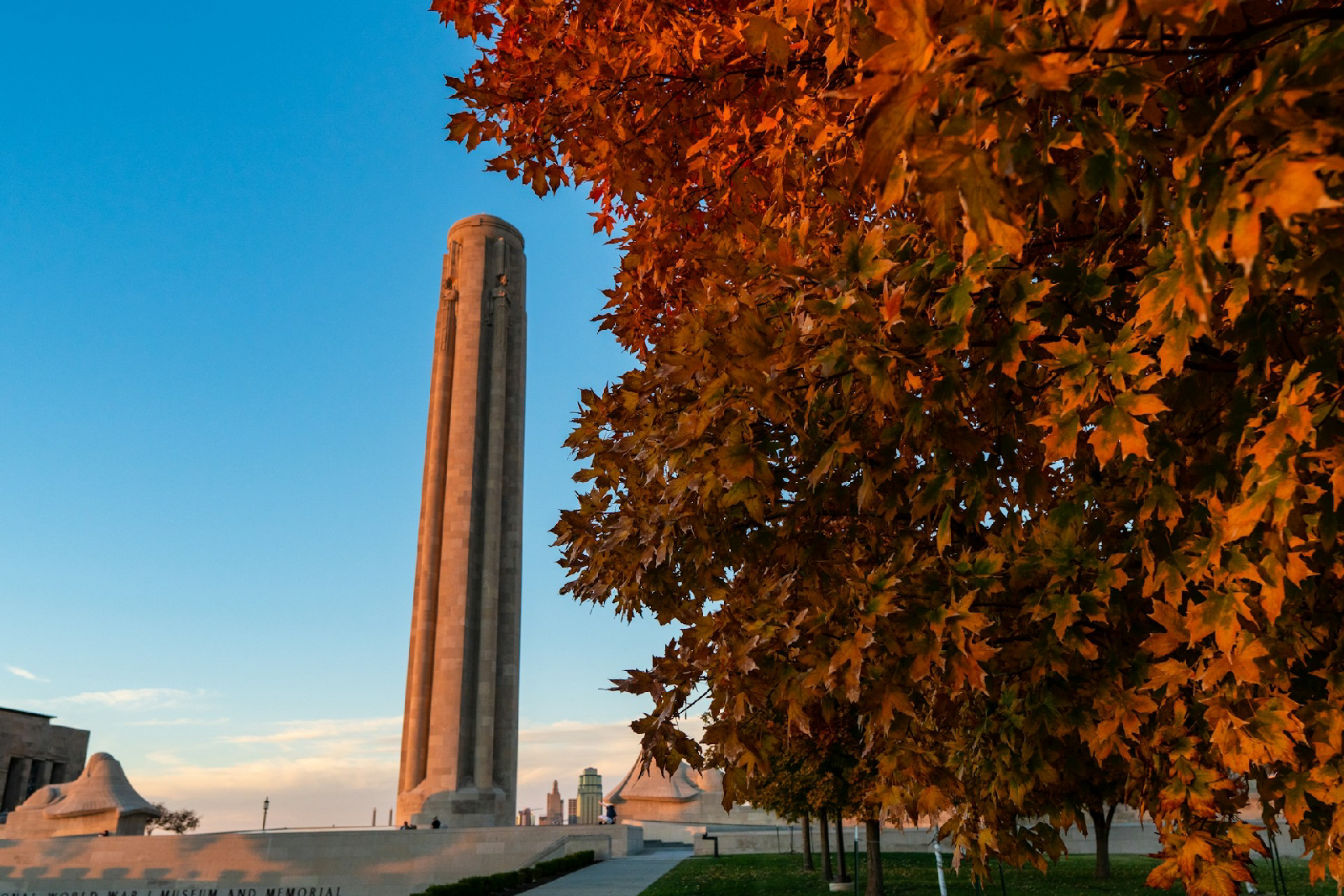Kansas City, Missouri: Jazz and Barbecue's Hidden Gem! History, culture, and culinary ability combine in Kansas City, Missouri, to make a distinctive and memorable visit. With its legendary barbecue and great jazz songs, this lively city is something for everyone. Kansas City guarantees an interesting trip whether you are a history fanatic, a music lover, a foodie, or someone just looking to visit a new place. This Midwestern jewel is a must-visit for everyone looking for a true American experience as it combines contemporary amenities with historical appeal in a friendly environment. Jazz's Birthplace Music pulses down the Kansas City streets, echoing a past going back to early 20th century. Jazz would not be what it is now were it not for the city's vital influence on its development. Although New Orleans is sometimes credited with the birth of jazz, Kansas City developed and refin...
Albuquerque, New Mexico – A City of Hot Air Balloons and Southwest Charm
Albuquerque, New Mexico, is a one-of-a-kind United States town. Set in the high desert of the Southwest, it presents a special mix of history, culture, and natural beauty that enthralls guests from yearly. This town offers a remarkable experience from the well-known Albuquerque International Balloon Fiesta to its rich Native American and Hispanic ancestry. Albuquerque offers something unique for everyone whether you are a foodie wanting to sample the tastes of the Southwest, a history buff, or an adventurer. Albuquerque International Balloon Fiesta: A Sky Full of Color Among Albuquerque's most appealing features is the yearly October International Balloon Fiesta. The largest hot air balloon festival in the world changes the skies of the city into a stunning show of color and movement. Rising more than 500 balls from all over, they make a spectacular sight against the backdrop of the Sandia Mountains. ...
Indianapolis, Indiana – The Heart of Racing and Urban Greenery
Indianapolis, Indiana: Urban Greenery and the Core of Racing Indianapolis is the capital city of Indiana; it is a metropolis that combines speed, society, and nature in a way that enthralls tourists from all around the world. Home to the famous Indianapolis 500—a race among the most esteemed worldwide—and known as the "Racing Capital of the World. Apart from the thrill of the racetrack and the noise of engines, the city also features White River State Park, among the nation's most lovely urban green spaces. Indianapolis offers something for everyone: motorsport fans, outdoor lovers, and tourists in search of a mix of modern and historical sights. The Excitement of the Indianapolis 500 A trip to Indianapolis isn't finished till you encounter the heritage of the Indianapolis Motor Speedway (IMS). First used in 1911, this famous racetrack has been the site of the Indianapo...




